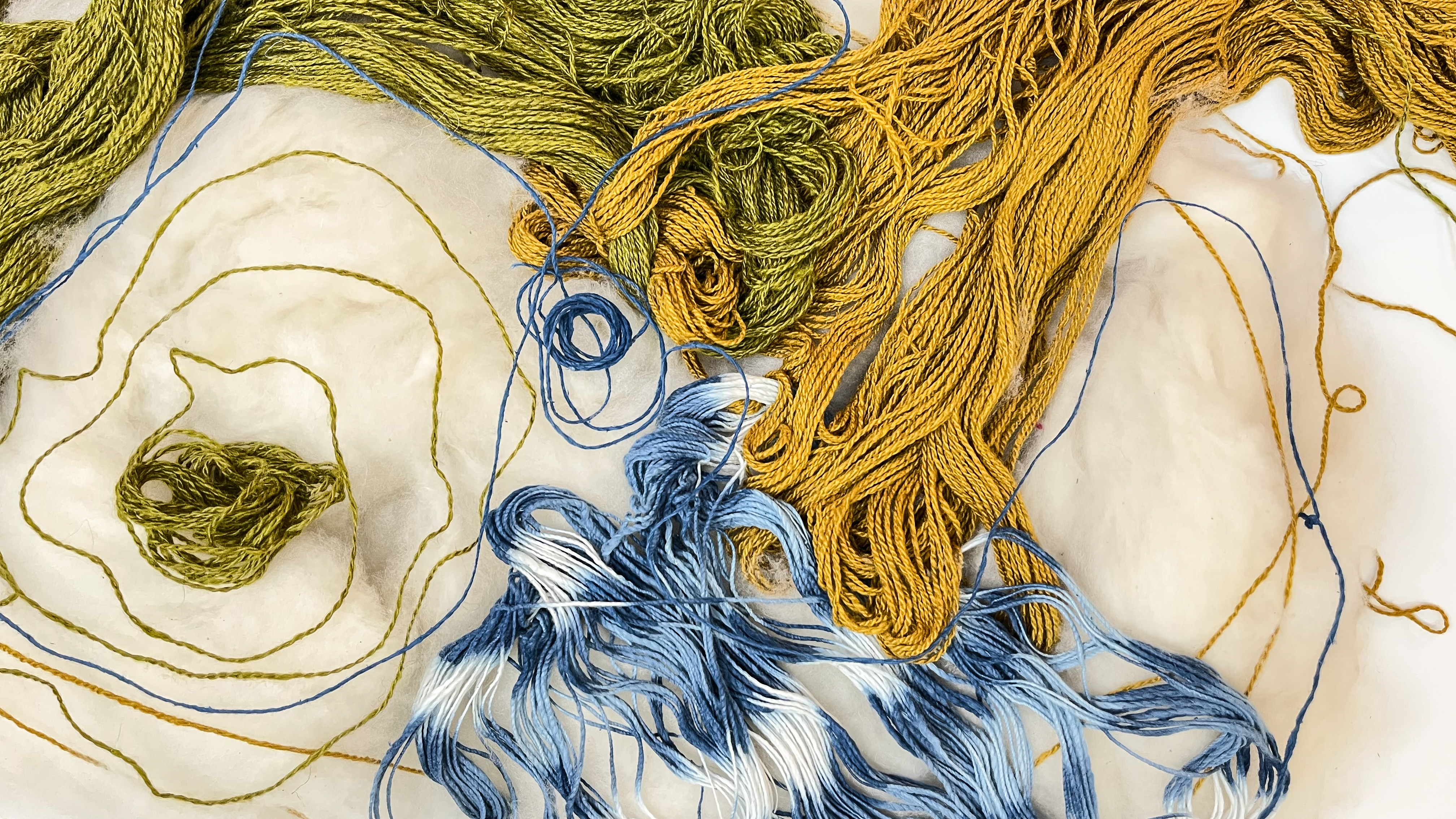
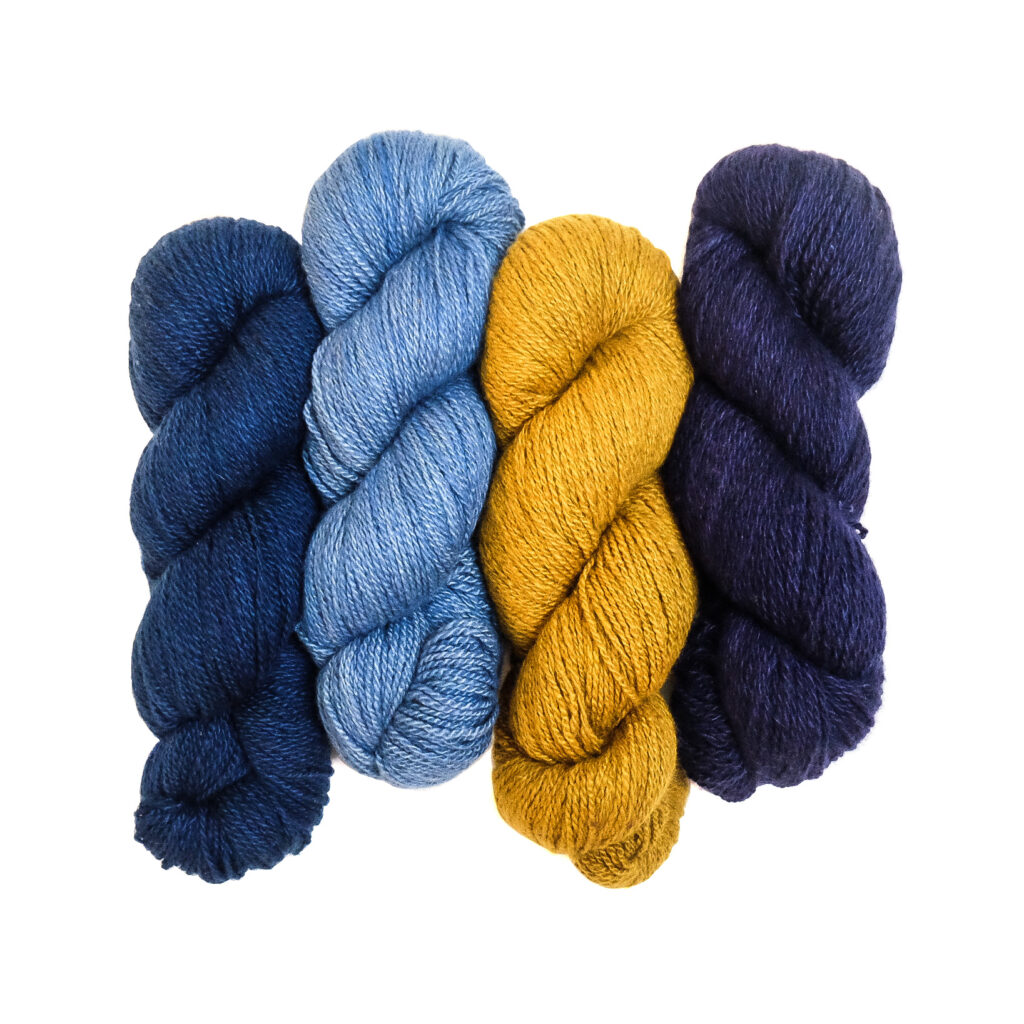
Hand spun yarn connects us to the long traditions and histories of spinning. The radial embrace of twisted fibers in hand spun yarn holds the wisdom of this ancient craft. Quite simply, yarn is one continuous line. A lineage which connects our past to our present. As one fiber coils into the next, the wisdom of ancient hands reaches through to our own.
Along with this wisdom are bits of place. Crops and flocks raised by cultures and landscapes. To honor these lineages and to place them into your knitting hands gives us joy.
Tatter has a mission to carry hand spun yarns and currently stocks three brands in our shop: cashmere and cashgora yarns from Cashmere People Yarns and PortFiber, pashmina and cotton yarns from 11.11 / eleven eleven, and yak yarn from Shangdrok. These hand spun yarns are made by skilled artisans, with thoughtful sensitivity for where the fiber originates – the animals, the plants, their caretakers, and the earth that sustains them. We are inspired by this deep respect for process and care.
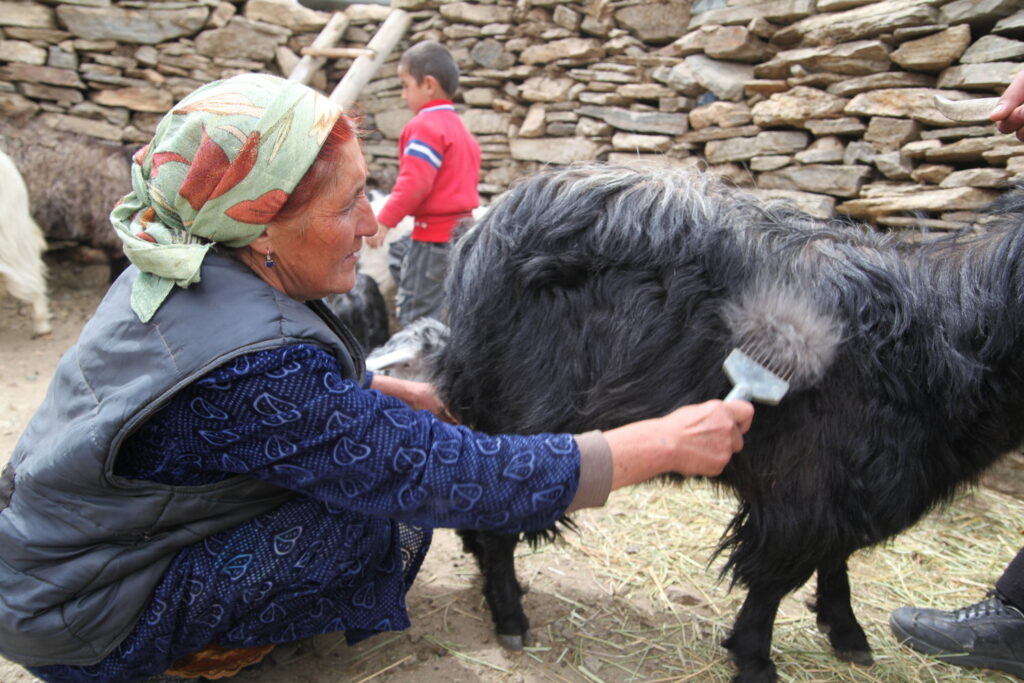
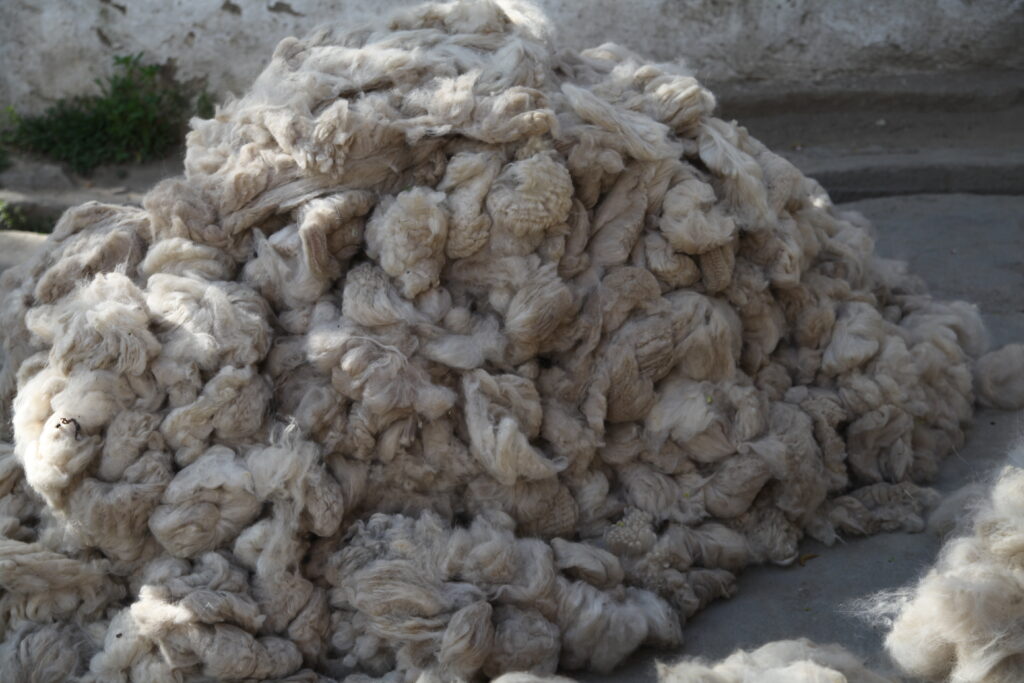
The cashgora yarn from Cashmere People Yarns comes from cashgora goat fiber, developed by villagers in the Pamir Mountains of Eastern Tajikistan by breeding cashmere-type goats and Russian fiber goats. In the winter, the cashgora goats grow a soft down layer. By spring, they begin to shed and their fibers are collected by brushing their coats. The fiber is then shipped to Herat, Afghanistan to be dehaired, separating out the soft down. After this process, it is shipped back to Tajikistan where it is spun and dyed. The cashmere yarn is spun by Afghan women with fiber from local cashmere goats. The finished yarn is dyed in Tajikistan before being shipped, along with the skeins of cashgora, to PortFiber in the United States.
This project was formed to create financial opportunities for women in rural areas of Tajikistan and Afghanistan and to support local farmers and artisans. Many of the farmers raise animals on a small scale, making it impossible for any individual to produce the amount of fiber necessary to create the yarn. Because of this, the fiber is purchased from many farmers in the region, all spun together to create the final product. A sustainable industry, born from collaboration.
The artisans work skillfully – the resulting yarn is soft and strong, suitable for a variety of uses. There is a keen attention to detail and quality. The commitment to honoring the tradition and work that goes into creating these incredible yarns is evident throughout the process. The spinners’ workshops are a place of community building, where the artisans are able to spend time together and connect over stories shared.
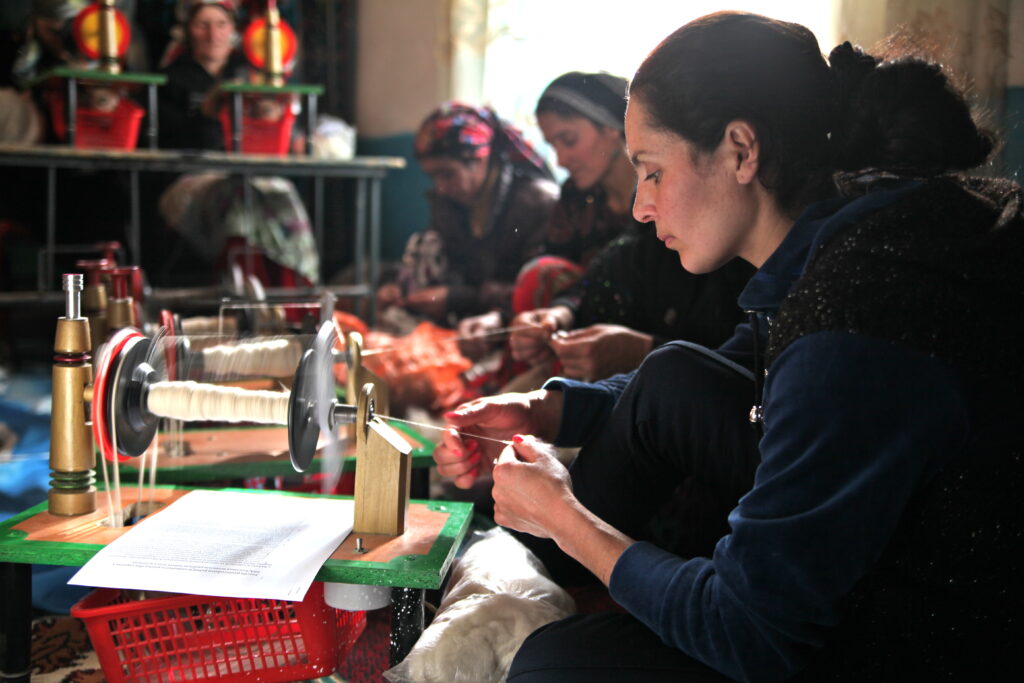
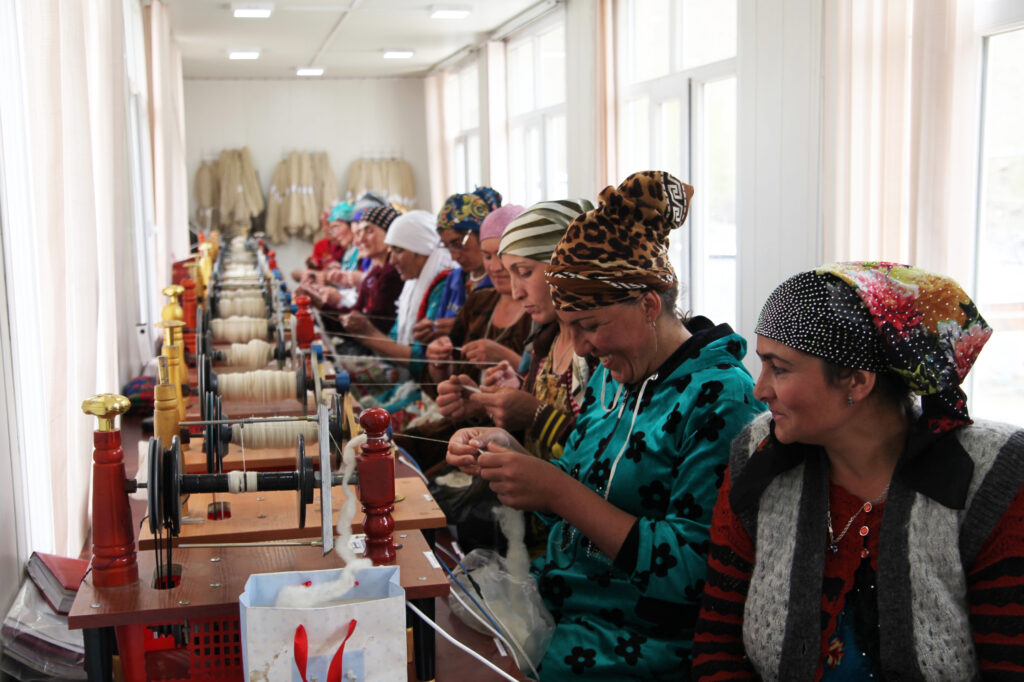
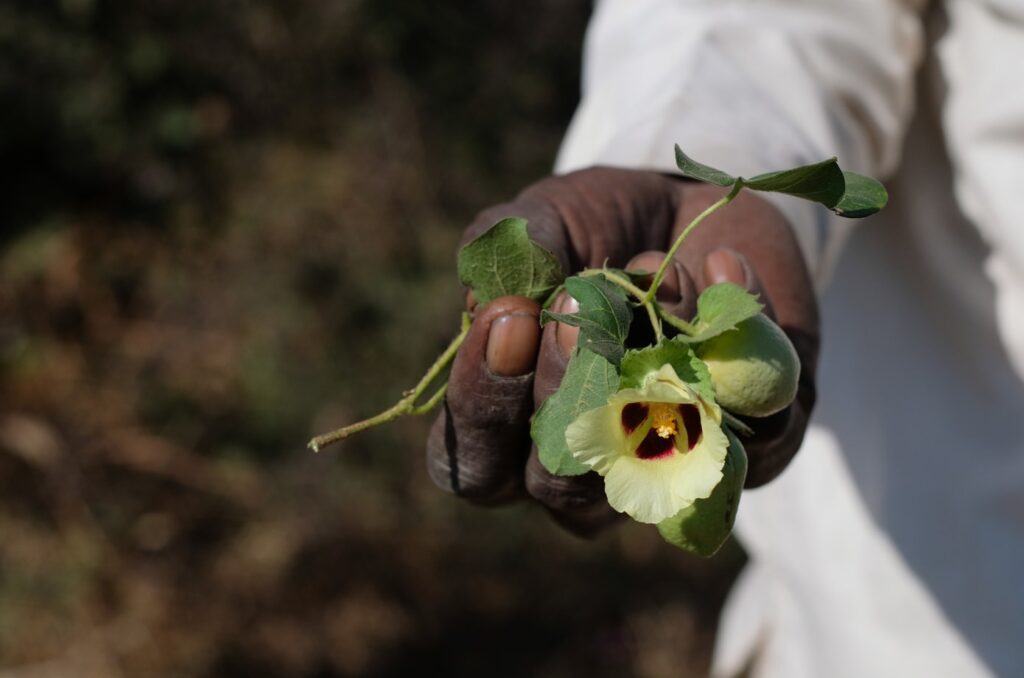
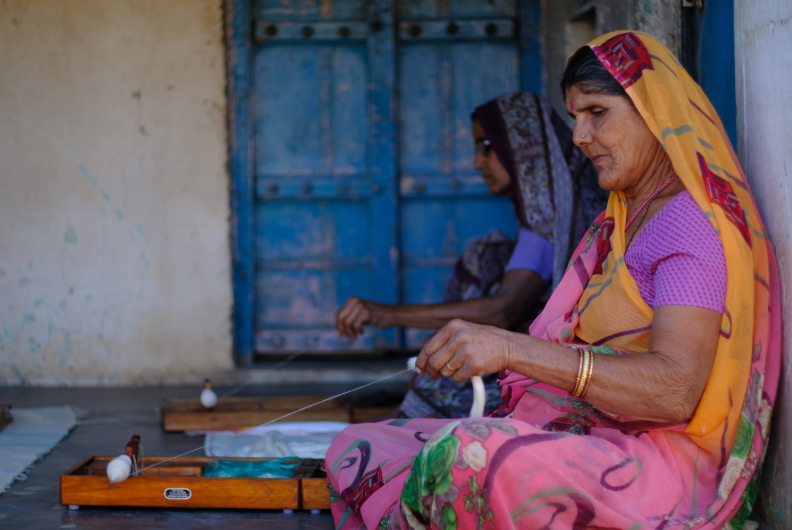
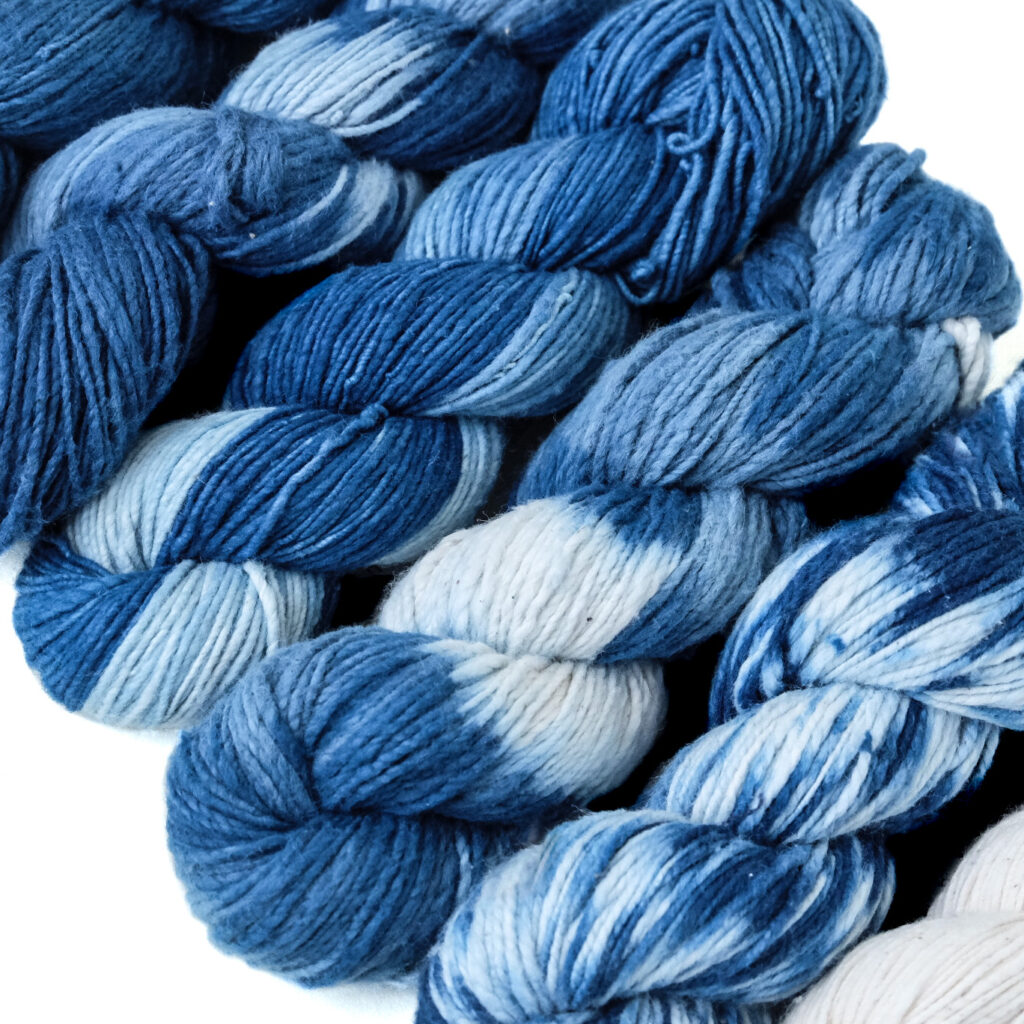
Renowned advocates of hand made, 11.11 / eleven eleven have collaborated with shepherds, farmers and artisan groups located in remote regions of India, engaging heritage techniques such as hand spinning, loom weaving, painting, dyeing, hand stitching and quilting, to create slow made yarn, cloth, clothing and home goods for over 12 years.
11.11 / eleven eleven’s pure pashmina yarn reflects the unique terrain of the high altitude Himalayas, on the border of Ladakh and Tibet. This fine wool comes from the natural shedding and combing of Changthangi goats. Pure pashmina hand spun yarn echos the natural color of the landscape it’s born from, exhibiting the same strength and beauty of the nomadic community that brings it to being. Biodynamic practices and minimal intervention bring out the full potential of Pashmina’s properties of unparalleled softness, warmth, lustre, lightness and elegance – resulting in a luxurious and extremely rare yarn.
Their cotton yarn is made from Kala cotton native to Kutch, India – one of the oldest non GMO varietals known to still exist. It is a rain-fed crop. The fibers are short, soft, and resilient, – hold ing the intelligence of a plant that can thrive on just two rainfalls a year. The hand spun qualities make it a delight to knit with, as they inform the subtle variations in weight and texture – narrating the human condition with each twist. Within the slight nuances, the hands of the spinners are evident. The yarn is a record of each spinner’s individual character, skill, devotion and the cycle of seasons during which the cotton was cultivated.
Knitting with hand spun yarn creates links of solidarity between maker groups – in a hymn of reverence for land and labor – celebrating enduring heritage textile traditions shared by women across cultures since the beginning of time.
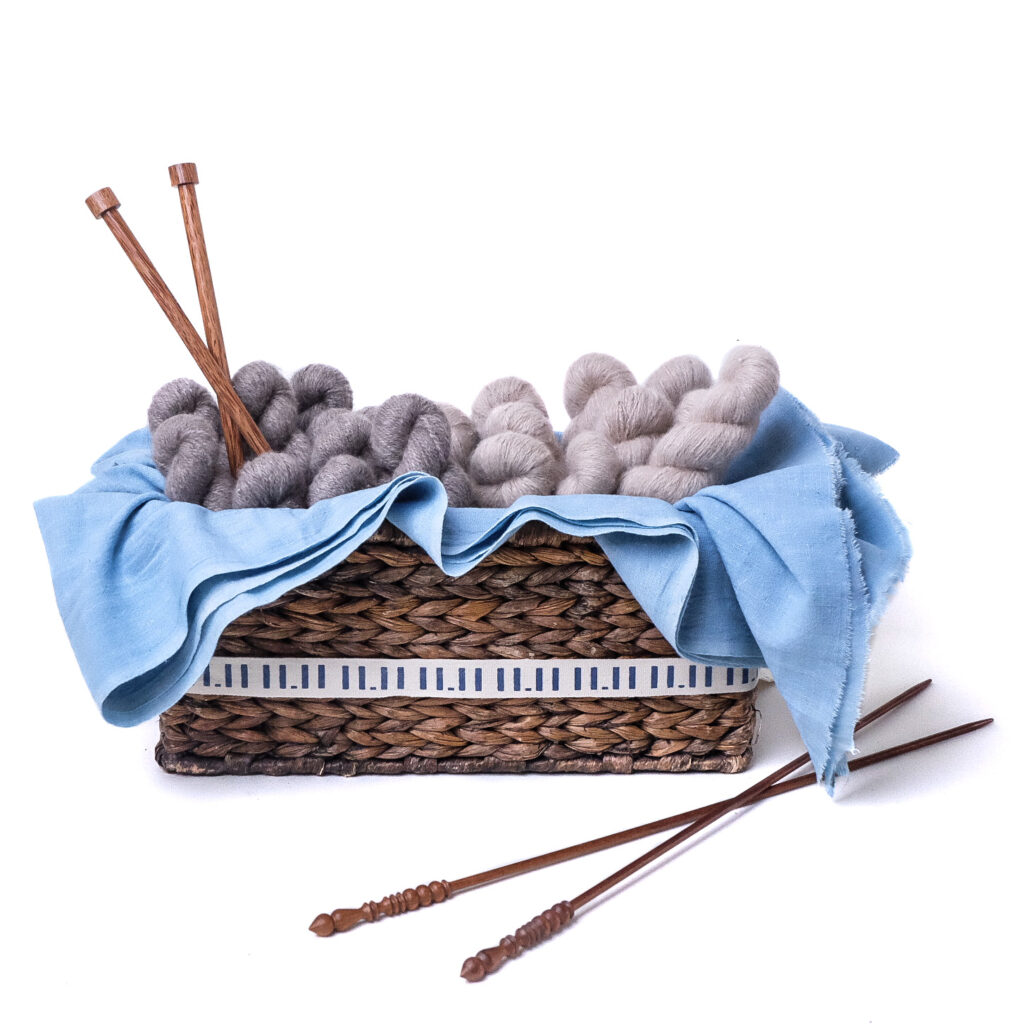
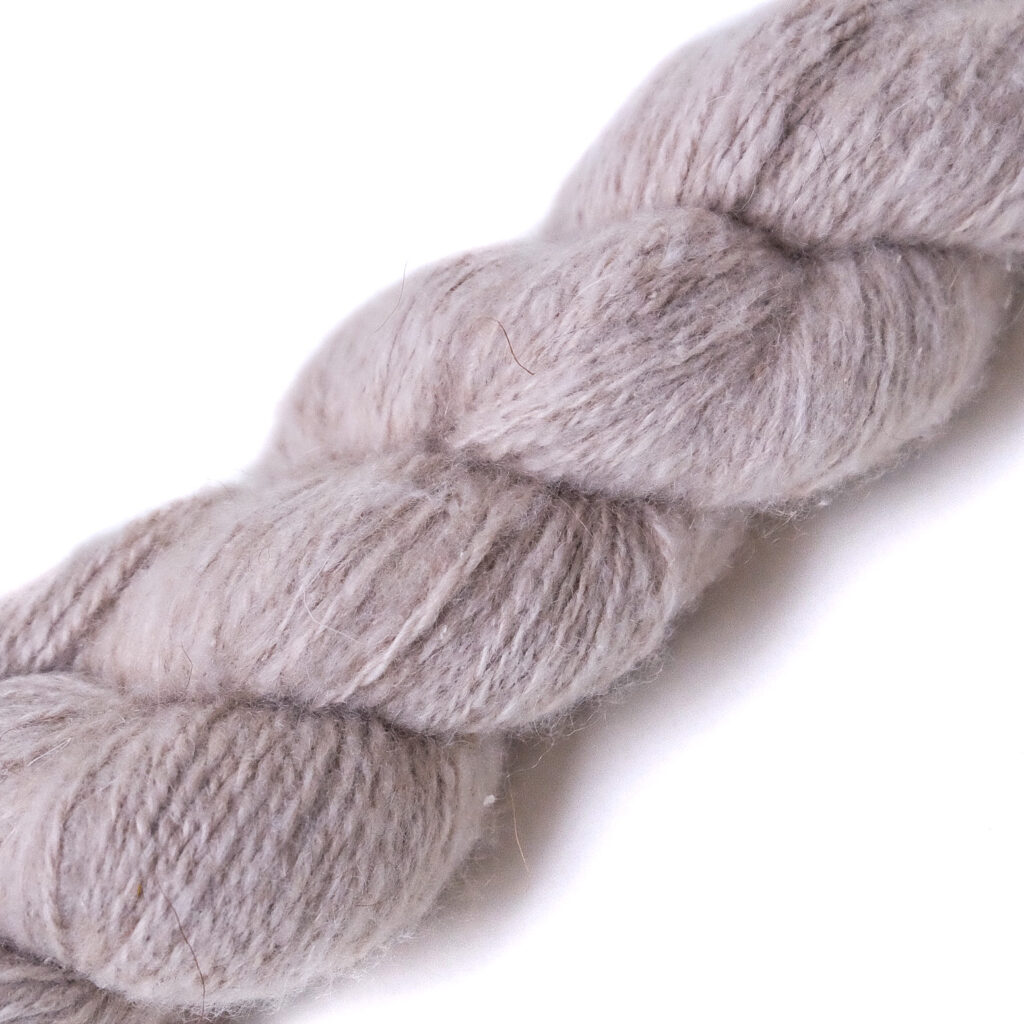
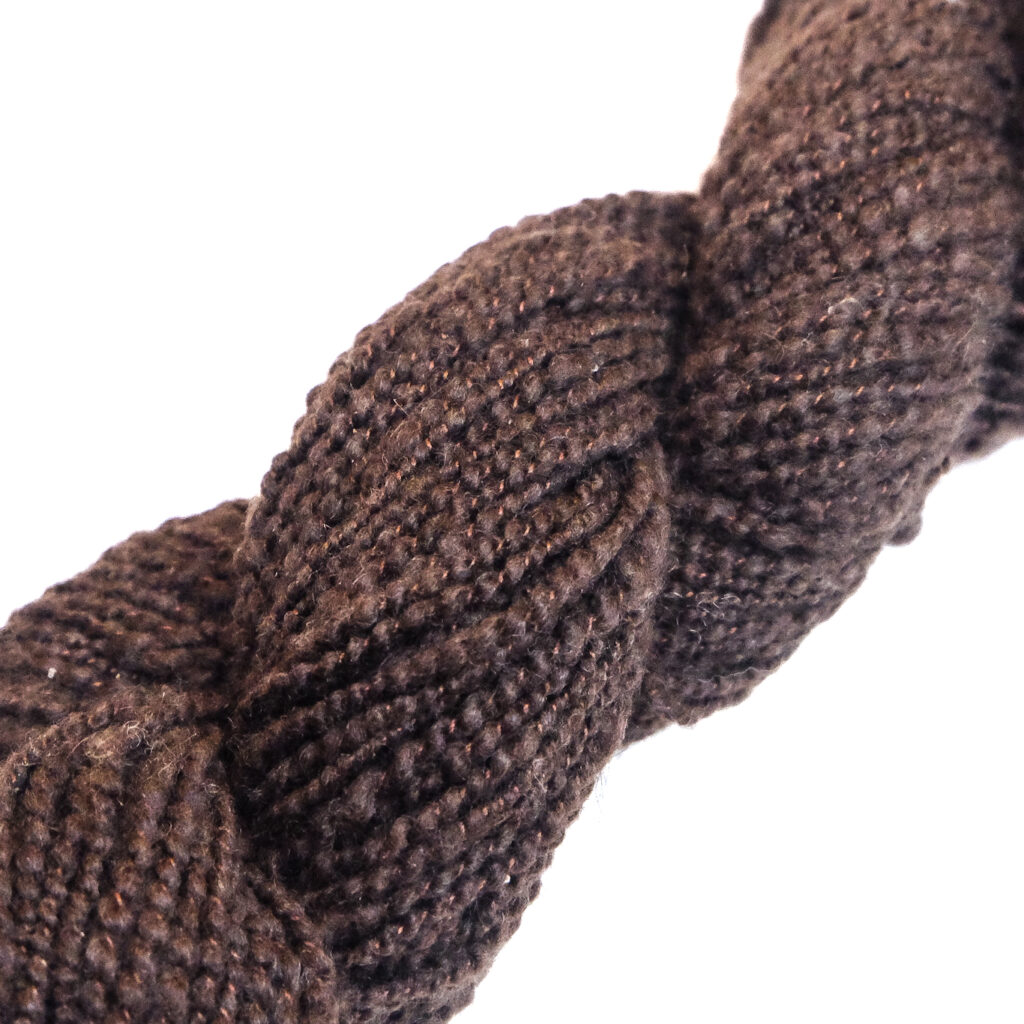

Shangdrok’s yak yarn is spun by artisans in Tibet. Shangdrok aims to support the preservation of traditional Tibetan craft and to create work opportunities in the region. April Tang, co-founder of Shangdrok, visited Tibet for the first time seventeen years ago and founded Shangdrok with her partner in 2015. At Shangdrok, the artisans use yak fiber to create beautiful and unique yarn and felt that reflect their heritage and skill.
Formerly nomads, the artisans all stopped raising animals for a variety of reasons before beginning to work at Shangdrok. The materials and products tell stories of the nomadic communities who have fostered these skills over generations. Spinning the yarn and practicing these techniques extends these stories, ensuring they will continue into the future. The workshop is in a rural area, not too far from the village in which the artisans live, which allows them to move easily between work and home throughout the day and remain connected to their families and community. The goal is not solely to produce, but to enjoy the process and find pride and empowerment in the work.
Tibet is home to 90% of all yak in the world. Yak play an important role in the nomadic lifestyle and the uses of their wool are varied and plentiful. The yak grow a down coat for winter that they shed each year by summertime. The easiest way to collect the fiber is to follow along the yak’s path to gather the fallen wool collected in the trees and grass. The fibers are precious, as each yak does not produce very much. The yarn is incredibly soft and gentle on the skin. The short fibers smooth to form one cohesive thread.
The strength and resilience of tradition is tangible in the yarn. It reminds us of the potential of craft as a source of empowerment and connection. Through the repetitive motions of spinning and pulling, the raw fibers are formed into something strong and beautiful — ready to be used and change form once again.
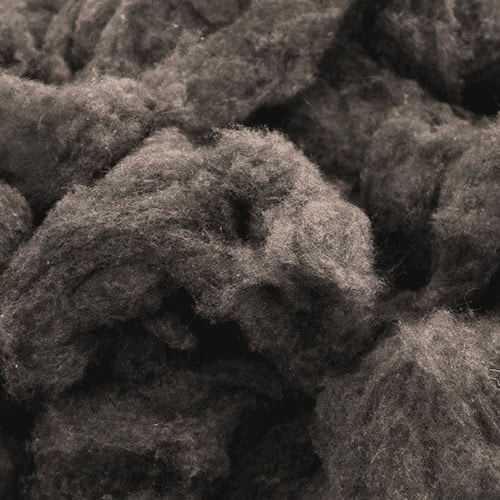
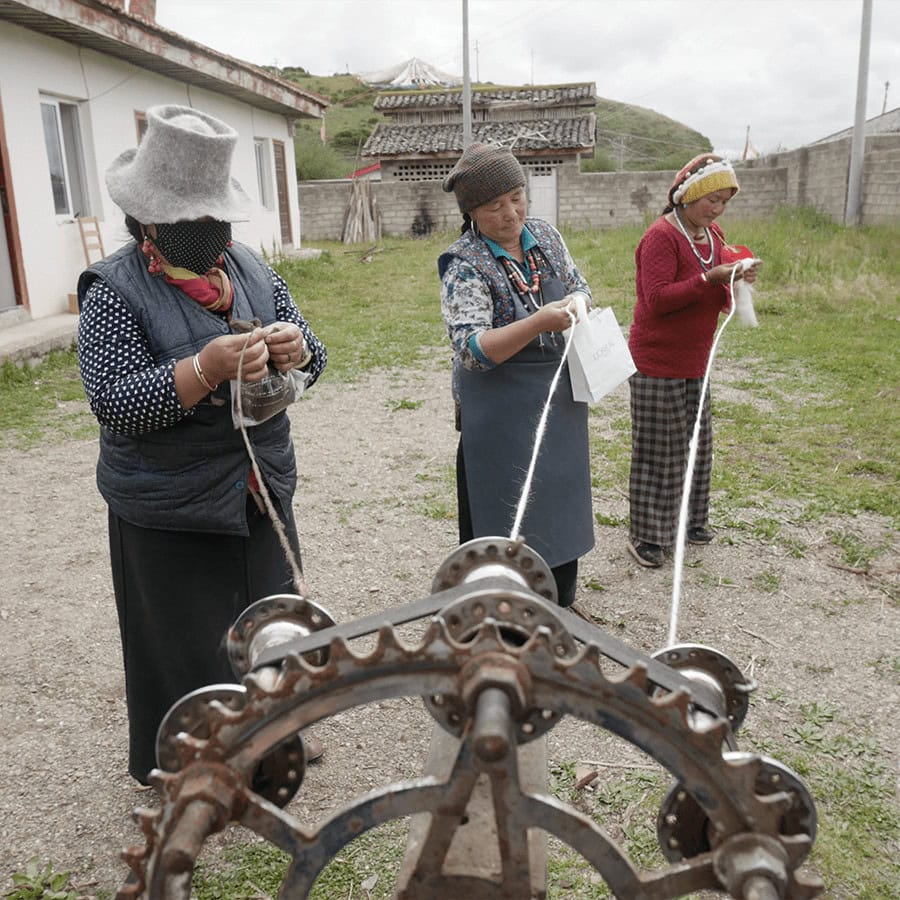
SHOP THE YARN
For more information about these companies and their yarn, visit the links below:
